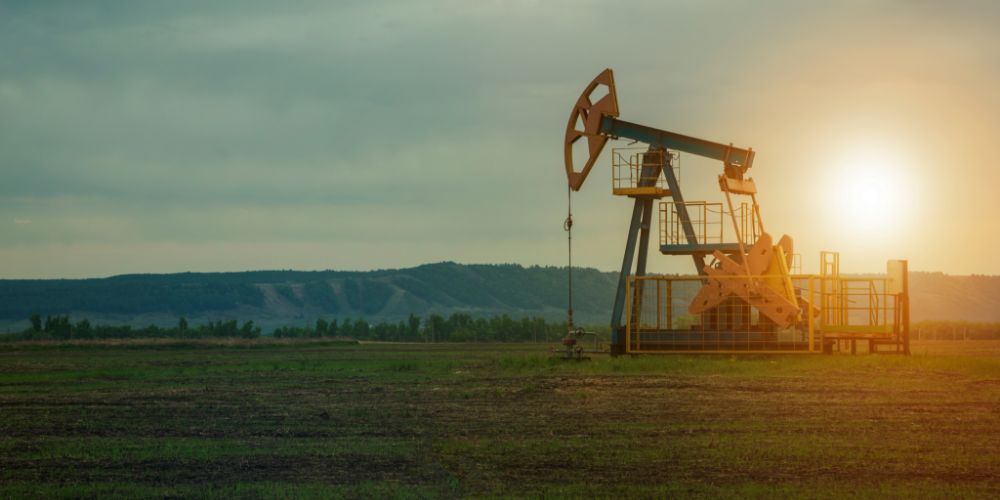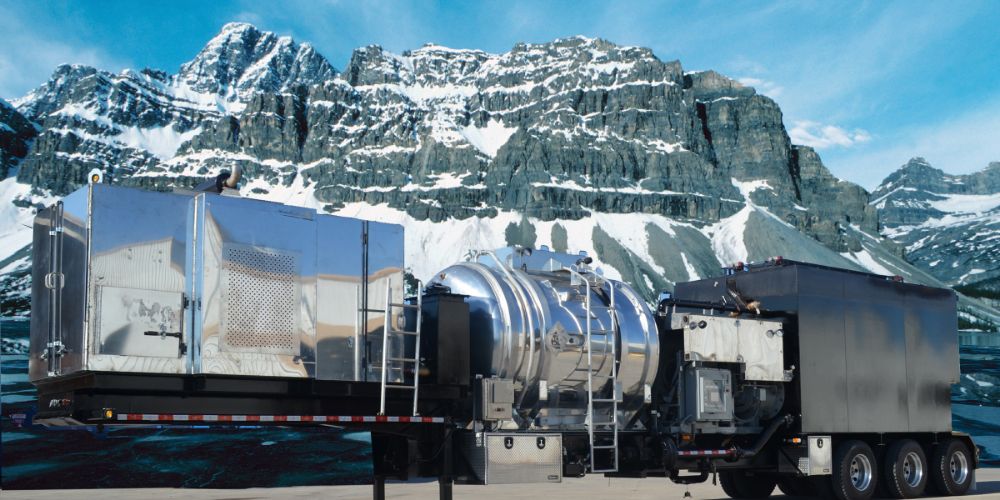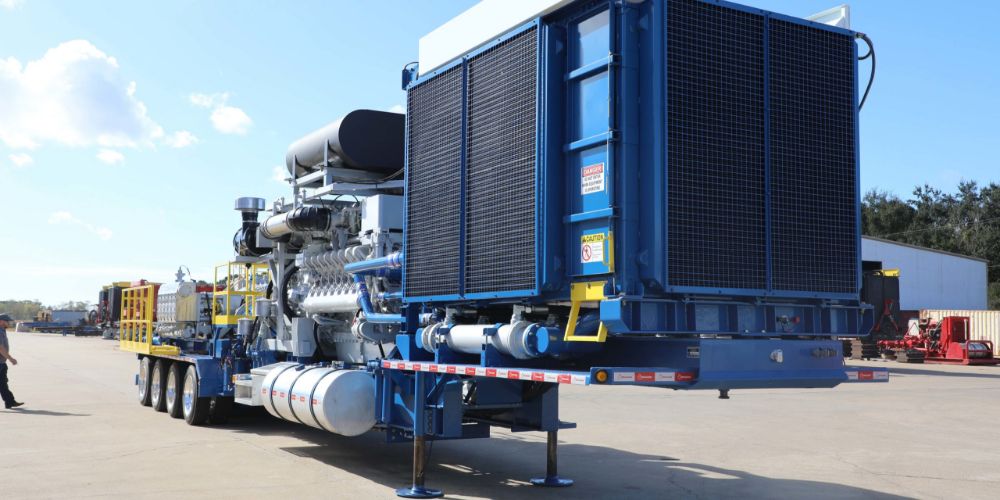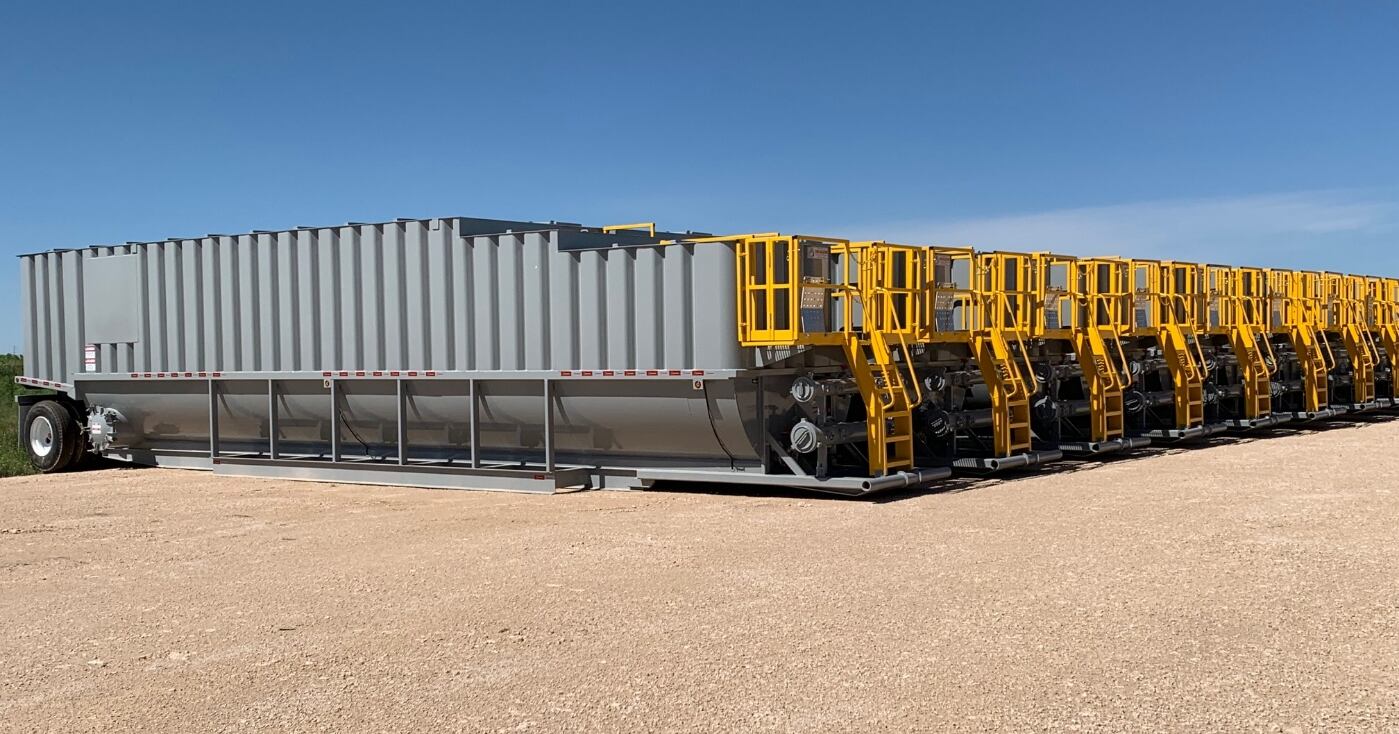
19 Feb Is Fracking Safe?
As the world grapples with energy challenges, the question "Is fracking safe?" remains at the forefront of environmental and energy discussions. This article delves into the complexities of fracking, guided by insights from Stanford University geophysics professor Mark Zoback. We'll discuss the notion that fracking is safe, exploring the various dimensions of this controversial technique, answering questions like "Can fracking be done safely?" and "What are the environmental impacts of fracking?" Through one expert's opinion, we seek to provide a clearer understanding of fracking's safety profile.

Exploring Safe Fracking: A Scholarly Perspective
Fracking, a technique that's used to extract natural gas and oil deep underground, has sparked a mix of opinions regarding its safety. Stanford Professor Mark Zoback has contributed significantly to the conversation. His extensive research provides a nuanced view of safe fracking, emphasizing the importance of stringent regulations and advanced technology. By understanding the scientific and environmental facets of fracking, we can better gauge its safety profile.
What Is Fracking?

Fracking, formally called hydraulic fracturing, is a groundbreaking method used in the energy industry to extract oil and natural gas from deep underground. This technique involves injecting a high-pressure fluid into subterranean rock formations. The pressure exerted by this fluid creates new channels in the rock, enhancing oil and gas extraction. Fracking has been pivotal in tapping previously inaccessible energy reserves, significantly impacting the global energy landscape. However, it's not without its controversies, particularly concerning environmental implications.
The Fracking Process Explained
The procedure of fracking is intricate and involves several critical steps:
- Site Preparation and Analysis: Before any fracking activity begins, a suitable site is identified and a detailed geological survey is conducted. This survey helps understand the rock formations and determine the best drilling strategy.
- Drilling the Well: A well is drilled deep into the earth to reach the rock layer containing oil or gas. This drilling is typically vertical initially but can become horizontal to access more of the rock formation.
- Well Casing and Cementing: Once the desired depth is reached, the well is lined with steel or cement casing. This casing is crucial as it prevents the well from collapsing and safeguards groundwater from contamination.
- Injecting Fracking Fluid: A mixture of water, sand and specific chemicals, known as fracking fluid, is prepared. This fluid is then injected at high pressure into the well. The pressure is high enough to fracture the surrounding rock, creating fissures and cracks.
- Releasing Natural Gas or Oil: The sand particles in the fracking fluid prop open the newly created fissures. This enables natural gas or oil to flow into the well.
- Collecting the Fracture Fluids: After the fracking procedure, the pressure is reduced and the fracture fluids begin to flow back to the surface. This fluid is collected and either recycled for further use or disposed of in accordance with environmental regulations.
- Extraction of Oil or Gas: With the fissures open and the pathway cleared, oil or gas begins to flow more freely from the rock formation into the well. This extracted material is then processed and refined for various uses.
- Well Closure and Rehabilitation: After the fracking operation is complete and the resources have been extracted, the well is closed. The site undergoes a rehabilitation process to minimize the environmental impact and restore the area to its original state as much as possible.
The right frac tanks and equipment not only support the fracking process but also offer effective solutions for handling and managing fracking by-products.
Academic Perspective on Safe Fracking

A Stanford professor's affirmation of safe fracking at the Silicon Valley Energy Summit marked a significant moment in the ongoing debate about this controversial energy extraction method. Coming from a reputable academic source, these insights carry a weight that merits closer examination. This section aims to dissect the professor's findings and statements, which are grounded in extensive research and scientific analysis.
- Research Methodology: The Stanford professor's fracking facts are based on comprehensive research, encompassing field studies, data analysis and a review of the existing literature on hydraulic fracturing.
- Safety Aspects Highlighted: Key points noted by the professor include advancements in fracking technology that have minimized risks, effective regulatory frameworks and improved industry practices that ensure safety and environmental protection.
- Risk Management Strategies: Professor Zoback also discusses the implementation of stringent safety protocols and risk management strategies, making the process safer than it was in its early years.
- Environmental Impact: While recognizing the safety improvements, the professor also highlights the need for continuous monitoring and research, particularly in the area of environmental impact and long-term sustainability. The fracking process results in various fracking by-products, which have their own environmental and management considerations.
Exploring Fracking Benefits

Fracking, as a way of extracting oil and natural gas, has had a considerable impact, especially in terms of energy dynamics and economic growth. Let's delve into fracking benefits in more detail.
- Access to Abundant Resources: Fracking has enabled access to significant reserves of gas and oil that were previously inaccessible, significantly increasing the domestic energy supply.
- Reducing Dependence on Imports: With increased production, countries like the United States have reduced their reliance on foreign oil, enhancing their energy security and geopolitical standing.
- Stimulating Local Economies: The fracking industry has been a major job creator, providing employment in drilling, transportation and ancillary services.
- Revenue Generation: It contributes significantly to the local and national economy through taxes, royalties and lease payments.
- Reducing Consumer Prices: The increase in energy supply has led to lower gas and electricity prices, benefiting consumers and industries.
- Competitive Advantage: Lower energy costs give a competitive edge to industries, particularly those heavily reliant on energy, like manufacturing and transportation.
Frequently Asked Questions: Safe Fracking
Addressing frequently asked questions can help demystify safe fracking. This section aims to tackle some of the most common queries related to hydraulic fracturing.
How is Fracking Done?
Fracking, also known as hydraulic fracturing, is a complex process that begins with drilling a well deep into the earth to reach rock layers containing oil or gas. After drilling, the well is reinforced with steel or cement to ensure stability and protect groundwater. Next, a mixture of water, sand and chemicals is injected at high pressure into the well. This process fractures the surrounding rock, creating fissures that allow oil or gas to flow into the well for extraction.
Where Is Most Fracking Done in the US?
In the United States, fracking is predominantly conducted in areas rich in shale formations. Key locations include the Marcellus Shale, which extends across Pennsylvania, West Virginia, Ohio and New York and is one of the biggest natural gas fields in the country. The Permian Basin, which spans Texas and New Mexico, is a major center for oil production. Another significant area is the Bakken Formation, covering parts of Montana and North Dakota, known for its substantial oil reserves.
What are the Main Environmental Impacts of Fracking?
The main environmental impacts of fracking involve potential water contamination due to leakage of fracking fluids into groundwater, air pollution from the release of methane and other pollutants, induced seismicity or minor earthquakes associated with fracking activities and the impact on land use and ecosystems due to the extensive infrastructure required for drilling and extraction operations.
Can Fracking Be Done Safely?
Fracking can be conducted more safely by employing advanced technologies that improve drilling methods and fluid recovery, adhering to strict environmental and safety regulations and continually monitoring fracking sites for potential risks. These measures help minimize the environmental impact and ensure the safety of the process.
What is the Future of Fracking?
The future of fracking is shaped by several factors, including technological advancements that aim for safer and more efficient extraction methods, changes in government policies and environmental regulations, market dynamics such as fluctuations in oil and gas demand and prices and the global shift toward renewable energy sources, which may impact the demand for fracking in the long term.
What Measures Are Taken to Mitigate Fracking's Environmental Impact?
To mitigate the environmental impact of fracking, various measures are implemented, including proper treatment and disposal of wastewater and fracking fluids, technologies to reduce air pollution emissions, strict adherence to environmental standards and regulations and engaging local communities in decision-making processes to ensure that their concerns are addressed and that the benefits of fracking are balanced with environmental protection.
Dragon Products Is Your Partner in Safe Fracking Solutions
At Dragon Products, we're your partner in safe fracking, providing high-quality frac tanks and the stimulation equipment you need for the job. Our team of experts is always ready to assist you in selecting the best equipment and keeping up-to-date with industry developments. Visit Dragon Products today to explore our equipment and gain deeper insights into the world of fracking.
GET A QUOTETanks and Trailers | Dragon Products
At Dragon, our commitment to excellence is unwavering when it comes to constructing storage tanks, whether they're destined to hold oil, chemicals, saltwater or other industrial materials. Ensuring these tanks perform to the highest standards is not just a goal for us; it's the only way we operate.






Sorry, the comment form is closed at this time.